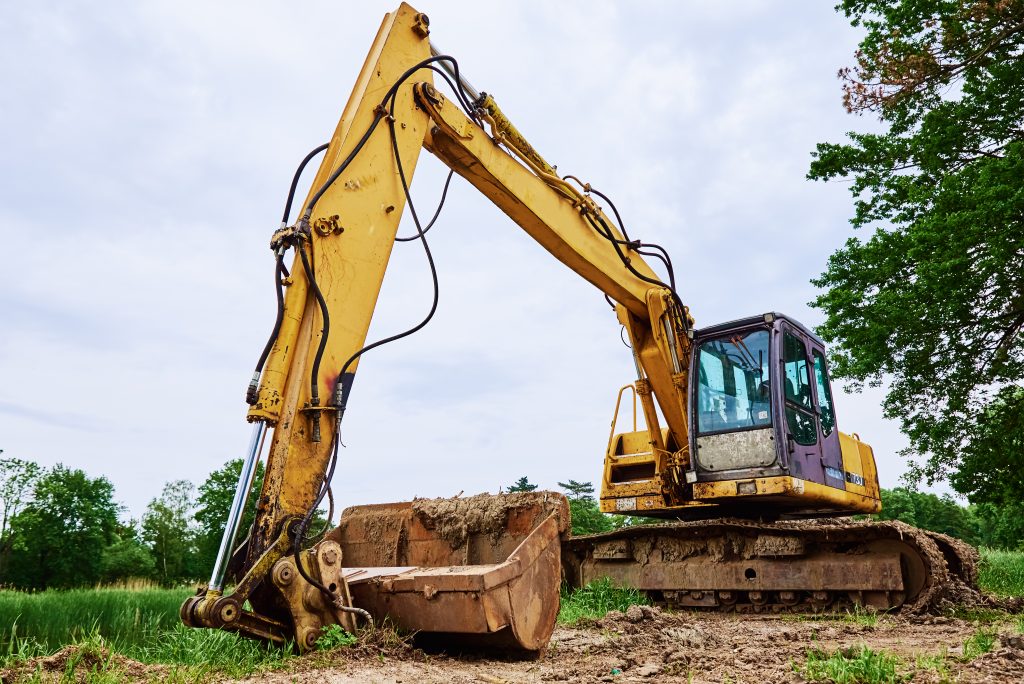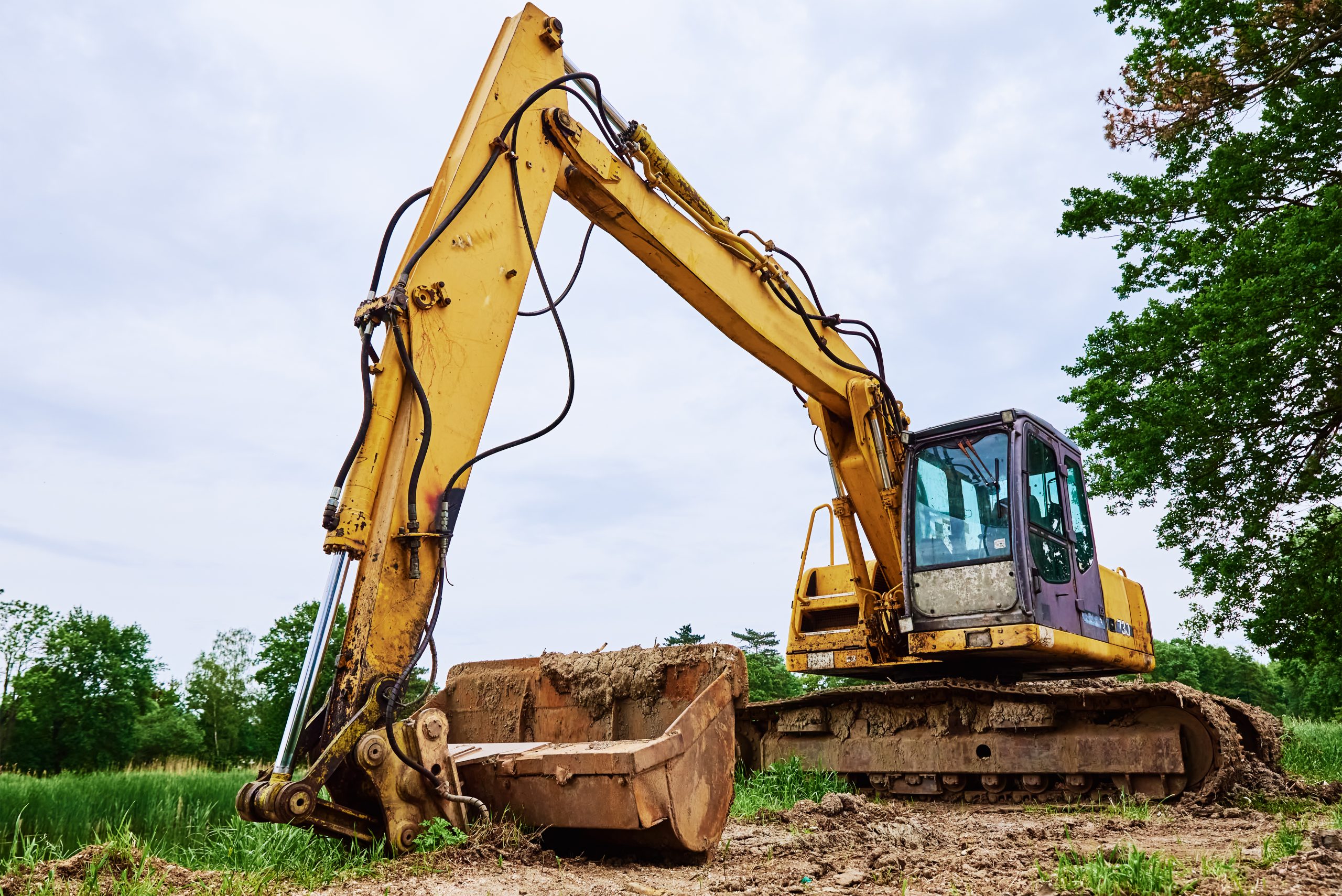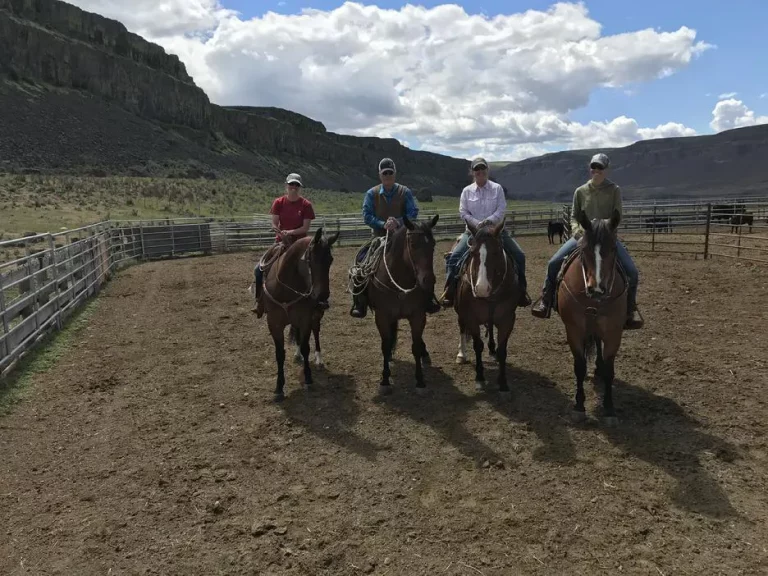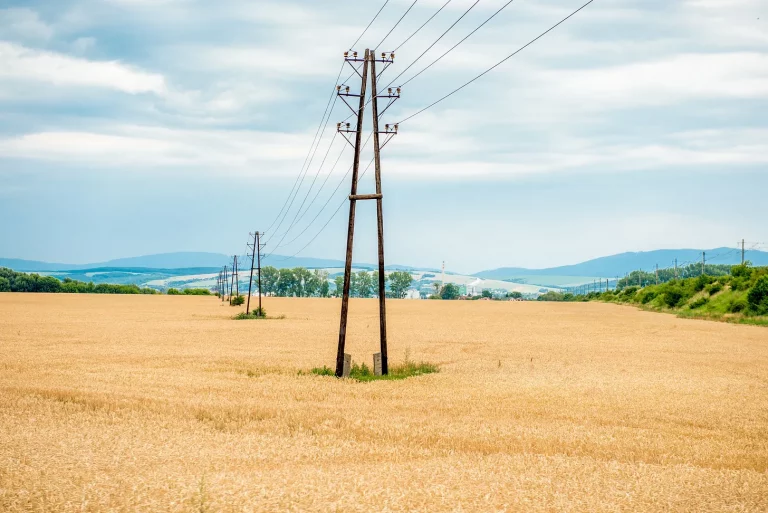Wyoming Supreme Court revives rancher’s lawsuit against irrigation district, affirming that government agencies can be held liable for property damage—even without a formal vote.
Yanasa TV News
When Tom Hamann confronted a government crew tearing through his Wyoming ranch, he never imagined he’d end up in a years-long legal battle over broken fences—and a broken neck. Now, after a shocking Supreme Court ruling, his case could change how rural property owners defend their land against government overreach.
• What really happened on that summer day in 2018
• Why the courts first dismissed—and then revived—Hamann’s case
• How this ruling could redefine property rights for landowners across Wyoming and the West
POWELL, WYOMING — On a hot summer day in June 2018, rancher Tom Hamann stood on his family’s 100-acre property, watching in disbelief as heavy equipment rolled in, fences were torn down, and a log archway was dismantled without warning. At the center of the scene was Randy Watts, the manager of the Heart Mountain Irrigation District (HMID), who had arrived under the guise of routine irrigation maintenance. But what followed was anything but routine.
As Hamann approached the crew in protest, things turned violent. According to court documents, Watts—who claimed to be acting within his authority—swung the bucket of a large excavator toward Hamann, striking him in the neck and leaving him with damaged vertebrae and lasting injuries. The confrontation marked a turning point in what had already been a years-long dispute over land access and alleged government overreach.

Now, after years of legal wrangling, the Wyoming Supreme Court has given Hamann another chance at justice. And in doing so, it may have changed the landscape of rural property rights in the state.
The Spark: A Road Through the Ranch
The conflict began quietly in 2016, when HMID informed Hamann it intended to construct a second maintenance roadalongside an existing canal easement that crossed his land. The district claimed the existence of an “unrecorded easement” gave them the right to develop the road on the south side of Lateral 79, a canal running through Hamann’s property. Hamann objected, arguing that the north-side access already used by the district was sufficient and that no documented easement permitted the proposed expansion.
Despite Hamann’s resistance, the conflict escalated two years later. In June 2018, under the pretext of moving a concrete “bowl” used to irrigate a neighboring property—an action Hamann had approved—Watts and a crew from HMID entered the ranch. But according to Hamann, Watts overstepped those bounds. The crew began tearing down fencing, a gate, and an ornamental archway marking the Hamanns’ property. Then came the alleged physical assault with the excavator, leaving Hamann injured and shocked.
Adding insult to injury, Hamann claims Watts told him he had “more power than the sheriff.”
The damage to Hamann’s property was estimated at nearly $10,000, but the deeper wound was constitutional—a government agent, acting outside of any visible authorization, had forcibly altered a citizen’s land without notice or compensation.
The Lawsuit: Inverse Condemnation and a Dismissal
Hamann, represented by attorneys from the Pacific Legal Foundation and local counsel Austin Waisanen, filed a lawsuit against HMID in 2019 under Wyoming’s inverse condemnation statute (Wyo. Stat. § 1‑26‑516). The claim was simple: HMID had caused significant damage to his property while acting in a governmental capacity, and under the Constitution, the government must pay for the property it takes—or damages.
Inverse condemnation is a legal remedy designed for cases just like this: when the government fails to follow formal eminent domain procedures but causes property loss anyway.
However, the district court dismissed the case, siding with HMID’s unusual defense: because its board of directors had never explicitly voted or discussed Watts’ actions during a public meeting, the district could not be held responsible for them. In other words, if the government didn’t “formally” approve the harm, it wasn’t liable.
Hamann’s legal team appealed.
The Supreme Court Steps In
In a unanimous ruling issued July 11, 2025, the Wyoming Supreme Court reversed the lower court’s dismissal and remanded the case for trial.
In strong language, the Court rejected HMID’s attempt to dodge liability through bureaucratic technicalities. The justices ruled that governmental entities like HMID can act only through their agents, and it would be absurd to expect that every physical action—especially destructive ones—must be pre-approved in a boardroom to qualify as government conduct.
“HMID’s narrow stance on liability is notably inconsistent with the very purpose of the inverse condemnation statute,” the Court stated.
“[The law] is designed to provide a means for landowners to seek compensation when the government forgoes formal action.”
The ruling clarified that authorization doesn’t require a public meeting. If a government agent like Watts is acting within the general scope of his job, and if the conduct was foreseeable or intended, then the government agency is still liable.
The Court also identified factual disputes that needed to be sorted by a jury:
- Did Watts act with implied or delegated authority?
- Was his behavior foreseeable by HMID?
- Did the property damage actually occur on Hamann’s land or adjacent land?
The answers to these questions will now be determined in a lower court proceeding, unless the case is settled first.
What This Means for Property Rights in Wyoming
This ruling could have far-reaching consequences for rural landowners across Wyoming and beyond.
Under the Court’s interpretation, government agencies can no longer hide behind procedural loopholes to avoid responsibility for the actions of their employees. In regions like Park County, where irrigation districts, conservation agencies, and other local entities operate with broad authority and limited oversight, this decision is a major reaffirmation of constitutional property rights.
“This is a win for every rancher and rural landowner in Wyoming,” said Hamann’s attorney Austin Waisanen.
“It tells government agents: you don’t get to break down fences and claim immunity just because the board didn’t sign off on it in a meeting.”
It also reinforces the importance of Wyoming’s legal protections for property owners, which are even stronger than the federal Constitution. The state constitution explicitly states that property shall not be “taken or damaged” without compensation—not just taken.
Moreover, the inverse condemnation statute allows plaintiffs to recover legal fees, making it financially feasible for individuals to stand up to powerful government entities without bankrupting themselves in the process.
What’s Next? A Possible Settlement, or Trial
With the case back in the lower court, Hamann’s team has submitted a settlement offer. The HMID board is expected to review it at an upcoming meeting in mid-August.
If a settlement is not reached, the case may proceed to trial—an event likely to draw attention from legal observers, property rights advocates, and rural communities across the West.
“This case sets a precedent,” Waisanen said. “Because if the irrigation district had won, it would have created a dangerous roadmap for any government agency to damage your land and then say, ‘Oops, not our fault.’”
Conclusion
Tom Hamann’s case is more than a local land dispute. It’s a battle over the limits of government authority and the protections guaranteed to every property owner. His willingness to fight—and the Wyoming Supreme Court’s decision to hear him out—could mark a turning point for rural justice in the state.
In a world where government power increasingly intersects with private property, Hamann v. HMID is a clear signal: accountability matters, and even in the wide-open spaces of Wyoming, the Constitution still holds the line.









